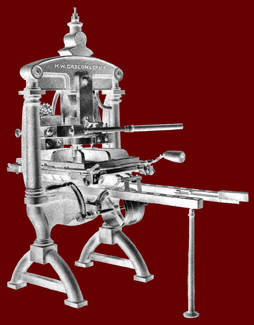artists' books
printing illustrations
With the demise of the woodcut and the wood engraving as a means of reproducing illustrations in the world of mass industrial printing, the woodcut was adopted by printmakers in the 20th century as a bold expressive art form. This is by Frans Masereel, whose books without words represent fine examples of book art.
The introduction of the lithographic process fro printing illustration saw the end of the wood engraving as a method of mass reproduction. However, this did not happen for some time, it wasn't until the introduction of photo-lithography that wood engraving and woodcut were superceded.
A more detailed description of the lithographic process can be found HERE.
|
|
|
|
|
printing illustration
|
|
|
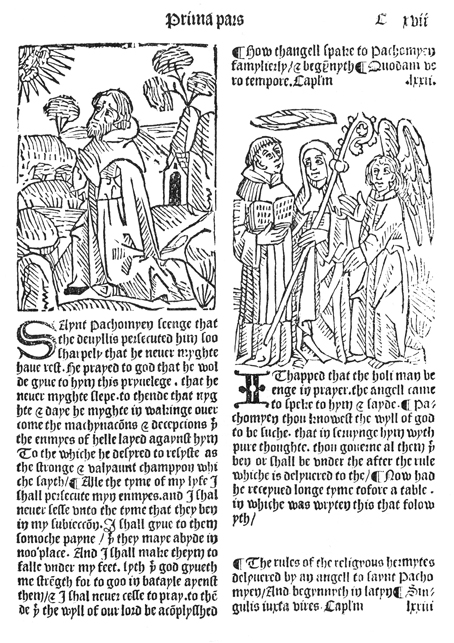 |
|
|
|
Wynkyn de Worde; Hieronymous, Sant Eusebius. Vitae Patrium; translated by William Caxton, Westminster 1495
The woodcut was the main method of illustrating books in Europe from the fifteenth century until the end of the eighteenth when wood engraving and intaglio processes became popular. The wood cut block could be printed at the same time as the type. (see type and type setting)
|
|
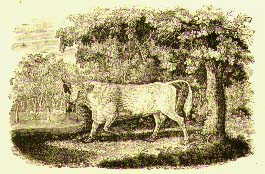 |
|
|
|
Thomas Bewick; Bull
Thomas Bewick was born in August 1753 at Cherryburn House in the parish of Ovingham, Northumberland. Among his most notable works were General History of Quadrupeds, published in 1790 and two volumes of the History of British Birds, Land Birds was published in 1797 and Water Birds in 1804. Bewick was a prolific artist and engraver who popularised the use of this wood engraving in book illustration.
|
|
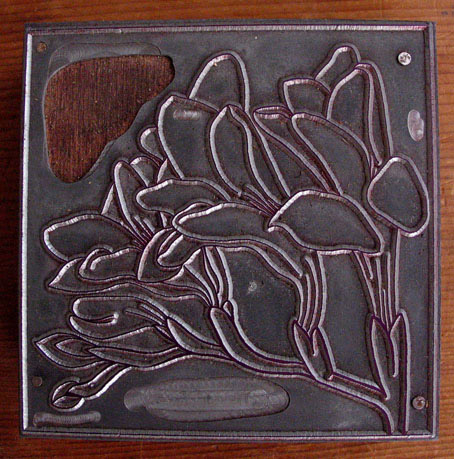 |
|
A major change in printing took place with the introduction of photographic techniques at the end of the nineteenth and beginning of the twentieth centuries, and this saw the end of the hand crafts as reproductive processes. In the first instance wood engravers used the photographic process to transfer images from the original drawings to the wood block, which was then engraved. However, the whole process quickly changed to one where the drawing or photograph was transferred to a zinc plate, which was then etched. This plate was then fixed to a type high wood block which was then printed.
above: an example of a line block. The raised surface, which reproduces the original line drawing was then printed as a RELIEF print at the same time as the type.
|
|
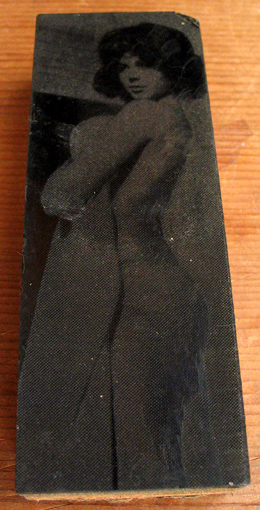 |
A further development was the introduction of a "screen" during a process in which the image was photographed and transferred to a "block" similar to those shown here. The process involved the creation of a transparent photographic positive image that was made up of tiny dots, that would reproduce the tonal values, the darks and lights of the original photograph or piece of art work.
left: This rather old and battered example shows solid areas that would print black and areas of course dots, that would print as a dark grey, while finer dots would print as a light grey. Colour reproduction would require four blocks representing Cyan, Magenta, Yellow and Key (black).
|
|
|
 |
|
|
The illustration on the left shows an unmounted "plate" used to print an ad for "Encounters" magazine. Both the text and the image have been photographically transferred to the zinc plate and then etched in order to produce a relief image, which was then printed by letterpress. You will notice that the text reads backwards, this becomes right reading once the ink and the image have been transferred to the paper.
|
|
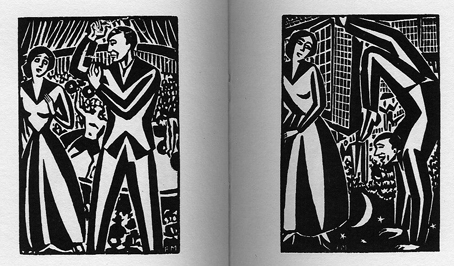 |
|
|
|
Frans Masereel:
Frans Masereel was born in the Belgian town of Blankenberghe in 1889, in 1972 he died in Avignon.
Among his so-called image novels were 'Passion eines Menschen', 'Mein Stundenbuch', 'Die Sonne', 'Die Idee' and 'Geschichte ohne Worte', which all date from around 1920.
|
|
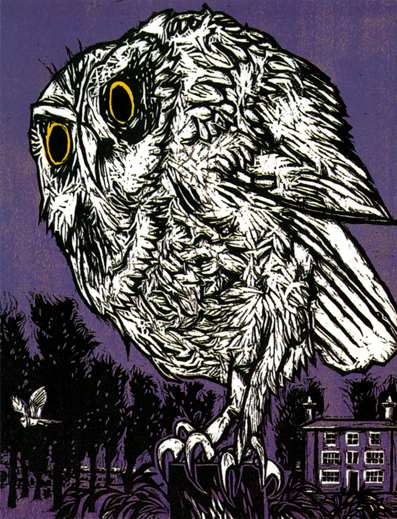 |
|
|
Rigby Graham
Owls of Lippits Hill; Woodcut; edition of 50; 3 colours; 18" x 15"
|
|
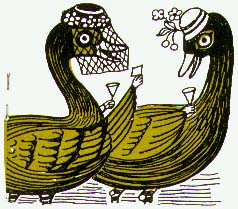 |
|
|
|
Edward Bawden
Illustration for Fortnum and Mason booklet
printed by the Curwen Press
|
|
|
|
|
|
|
|
|
|
|
|
|
|
|
|








